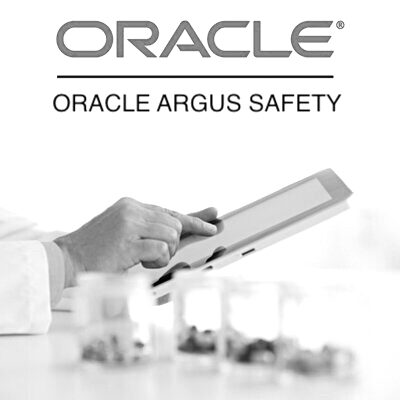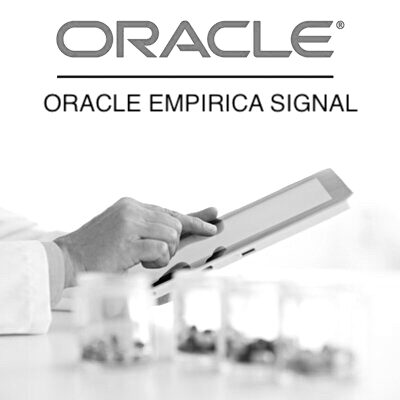Communication in Pharmacovigilance
Communication in pharmacovigilance refers to the exchange of information and knowledge between different stakeholders involved in the monitoring, assessment, and prevention of adverse effects or other drug-related problems. Effective communication is essential for ensuring the safety of drugs and vaccines and improving public health.
There are several types of communication in pharmacovigilance, including:
- Inter-agency communication: This refers to the exchange of information and knowledge between different regulatory agencies and organizations involved in pharmacovigilance.
- Healthcare provider-patient communication: This refers to the exchange of information and knowledge between healthcare providers and patients about the benefits and risks of drugs and vaccines.
- Public health communication: This refers to the exchange of information and knowledge with the general public about the benefits and risks of drugs and vaccines.
- Industry-regulatory communication: This refers to the exchange of information and knowledge between the pharmaceutical industry and regulatory agencies regarding the safety of drugs and vaccines.
Effective communication in pharmacovigilance is crucial for ensuring the safety of drugs and vaccines and improving public health. It helps to ensure that the right information is communicated to the right people at the right time, allowing appropriate action to be taken to minimize any risk of harm to patients. By continuously monitoring and assessing the safety of drugs and vaccines and effectively communicating any safety concerns, pharmacovigilance helps to ensure that the benefits of these products continue to outweigh their risks.
You may be interested in the programs below:
-
 eLearning + software
eLearning + softwareOracle Argus Safety Essentials
$599.00 -
 eLearning + software
eLearning + softwareOracle Argus Safety Essentials + Console
$799.00 -
 Live Online
Live OnlineOracle Argus Safety – Live Online
$999.00 -
 Live Online
Live OnlineOracle Argus Safety + Console – Live Online
$999.00 -
 eLearning + software
eLearning + softwareOracle Empirica Signal
$599.00 -
 Live Online
Live OnlineOracle Empirica Signal – Live Online
$999.00 -
 eLearning + software
eLearning + softwareDiploma in Pharmacovigilance
$799.00 -
 eLearning + software
eLearning + softwareArgus Safety – Business Configuration and Administration
$599.00
